DIFFERENCE
Paprika
-
Paprika can have a range of different flavors, from hot to smokey to mild and earthy.
-
The hottest of the two spices is Spanish paprika, which delivers a fiery punch.
-
Spanish paprika is used in paella and shakshuka. Smoked paprika is common in barbecue recipes.
Chili Powder
-
Earthy, spicy taste with all the flavors of the American southwest.
-
Chili powder can range in heat too, depending on what kinds of chile peppers are in the blend.
-
Chili powder is commonly used in American Southwest cooking when making, of course, chili. It is also used to season tacos in Tex-Mex cuisine or as a seasoning on meat.

USES
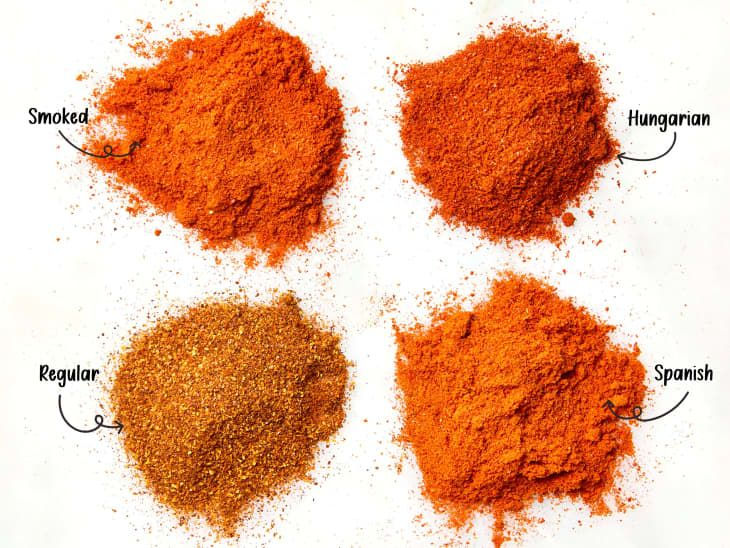
Paprika Health Benefits and Side Effects:-
Paprika is widely recognized as one of the best mild-flavored spices to date, as it has been used to beautify dishes with just a sprinkle of its bursting bright colors. The spice comprises dried peppers from Capsicum annuum (a type of plant). It comes in various colors, levels of heat, and categories (hot, sweet, and smoked). This makes it a favorite and exciting spice to enhance the dish’s look and taste.
Nutrient-rich:-
For every tablespoon (about 7 grams of paprika), paprika packs in 19 calories, less than a gram of protein and fat, 4 grams of carbs, 2 grams of fiber, vitamins (A, B6, and E), and iron. Apparently, a single tablespoon is enough to fulfill 20% of your body’s daily vitamin A requirement!
Potentially promotes healthy eyes:-
Paprika doesn’t just pack in the extravagant taste but also healthy-eye-promoting nutrients. These nutrients include vitamin E, beta carotene (converted to vitamin A by your body), and antioxidants such as lutein and zeaxanthin.
High consumption of this specific variety of nutrients has been associated with mitigated risks of developing AMD or age-related macular degeneration (causes blurring to central vision) and cataracts. The main contributors to these disease-fighting capabilities are lutein and zeaxanthin, which are potent antioxidants that fight against cell damage in the eyes.
May mitigate inflammation:-
There are specific varieties of paprika that contain a compound known as capsaicin. According to developing studies, researchers suggest that capsaicin binds to the receptors of the nerve cells, which in turn decreases inflammation and pain.
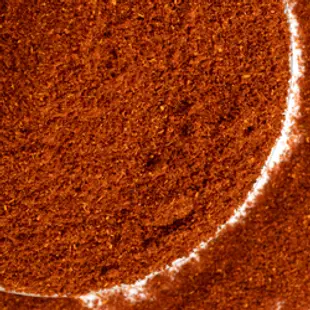
Spanish Paprika
(120 ASTA)
Spanish Paprika (120 ASTA), Capsicum annuum, is a vibrant red paprika that is mild and sweet.
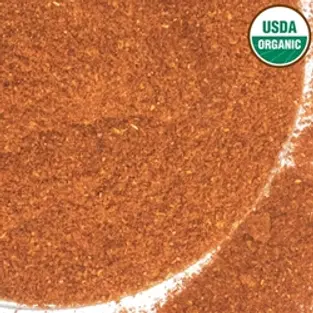
Organic California Paprika
Organic California Paprika is a very mild chile powder, with a maximum Scoville Heat Unit (SHU) measurement of 500 and a premium ASTA value of 120.
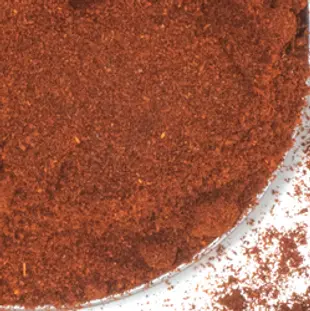
Domestic Paprika
(85 ASTA)
Domestic Paprika, Capsicum annuum, measures 600 Scoville Heat Units at most. It only looks fiery.
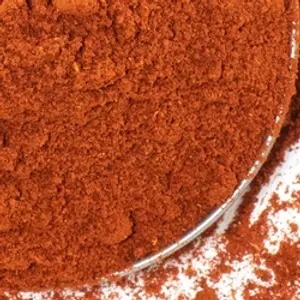
Smoked Sweet Paprika (120 ASTA)
Smoked Sweet Paprika, Capsicum annuum, is a mild chile powder that measures just 100-250 Scoville Heat Units (SHU).

Hungarian Sweet Paprika
Hungarian Sweet Paprika, Capsicum annuum, is a mild pepper that measures 250 - 500 Scoville Heat Units (SHU).
Common Culinary Uses of Paprika
-
Seasoning for Meats
-
Rubbed onto chicken, beef, or pork before grilling, roasting, or smoking
-
Often combined with salt, garlic powder, and black pepper
-
-
Flavor Base for Stews and Soups
-
Key ingredient in goulash, chili, and lentil soups
-
Adds depth, warmth, and color to broths
-
-
Sprinkled as a Garnish
-
On deviled eggs, potato salad, or hummus for color and mild flavor
-
Often used for visual appeal in restaurants
-
-
Used in Spice Blends
-
Main component of BBQ rubs, curry powders, and taco seasoning
-
Blends well with cumin, garlic, and chili powder
-
-
Added to Sauces and Marinades
-
Enhances tomato sauces, pasta sauces, and dips
-
Helps give a smoky or sweet touch, depending on the type of paprika
-
-
Flavoring for Roasted Vegetables
-
Tossed with oil and paprika before baking (e.g., potatoes, carrots)
-
Creates a delicious crust when roasted
-
-
Ingredient in Rice and Grain Dishes
-
Essential in Spanish paella and pilaf for color and subtle sweetness
-
Also used in biryani or fried rice seasoning blends
-
-
Used in Pickling and Fermented Foods
-
Adds warmth and aroma to pickled vegetables and sauces
-
